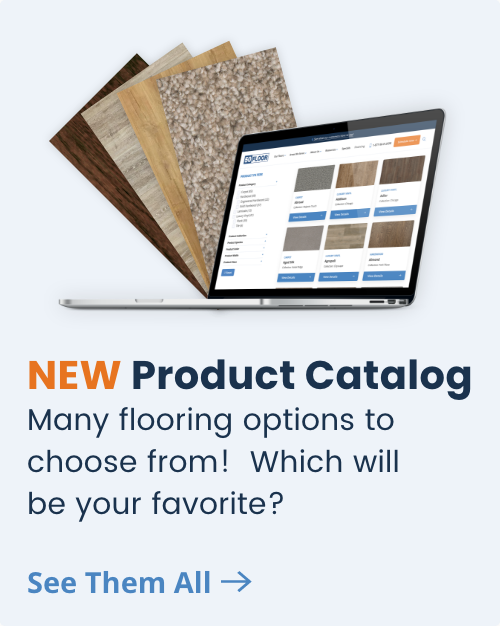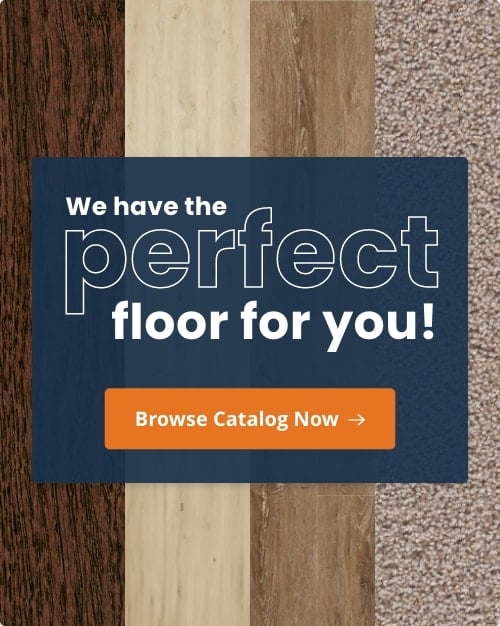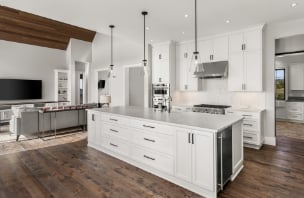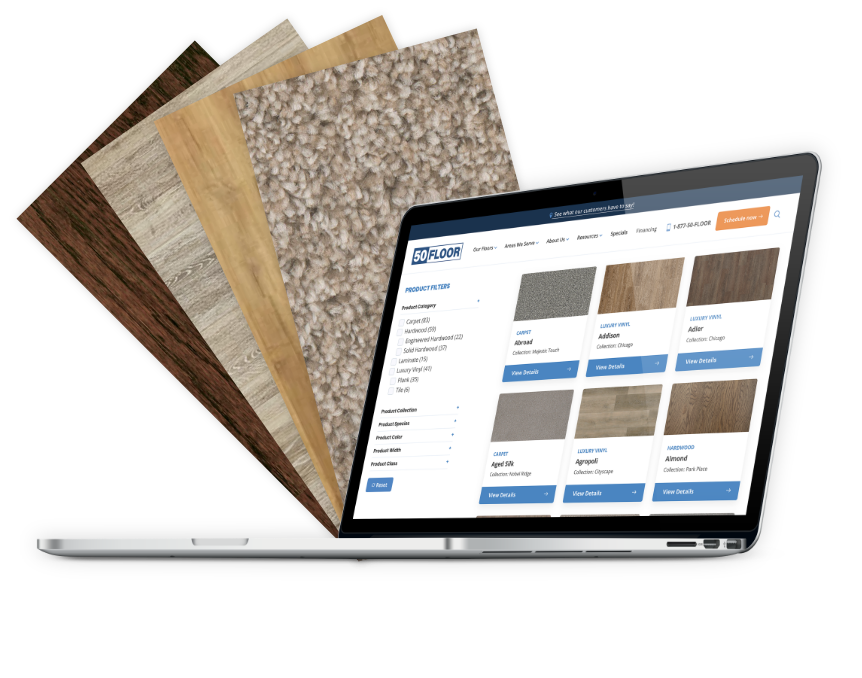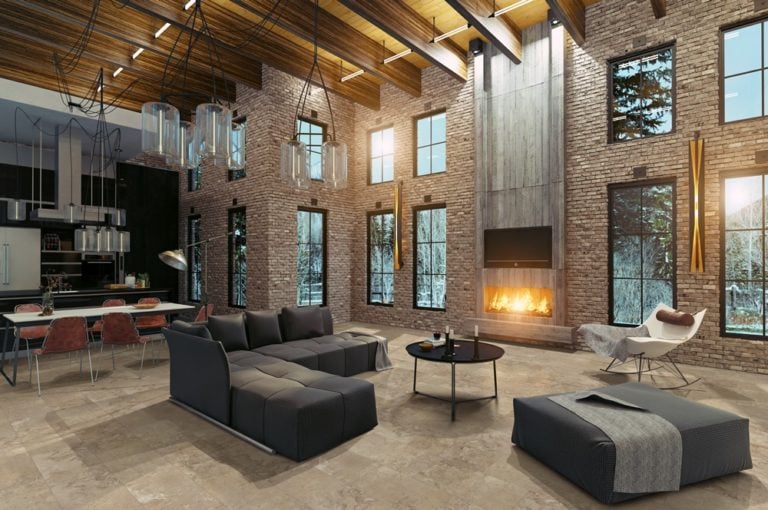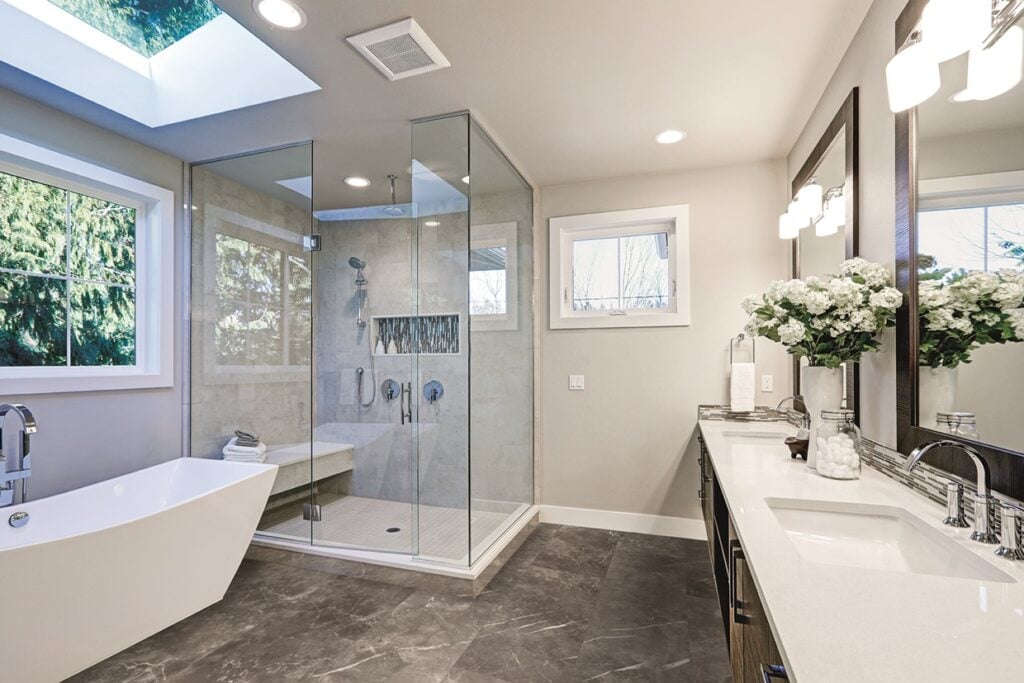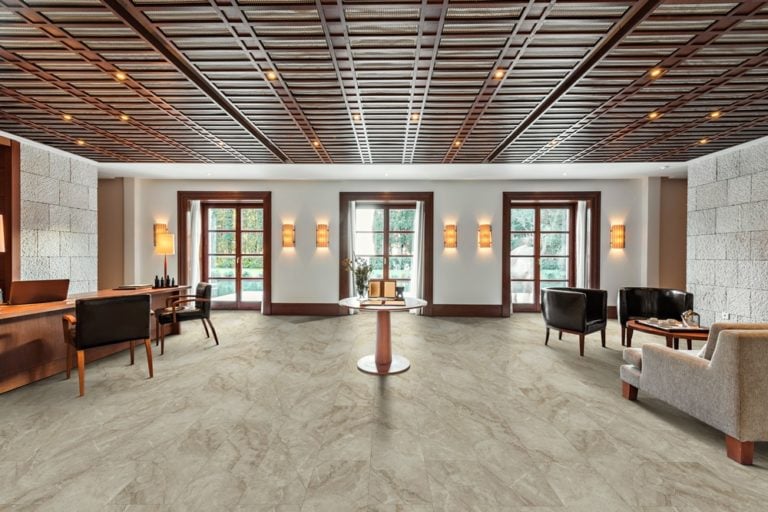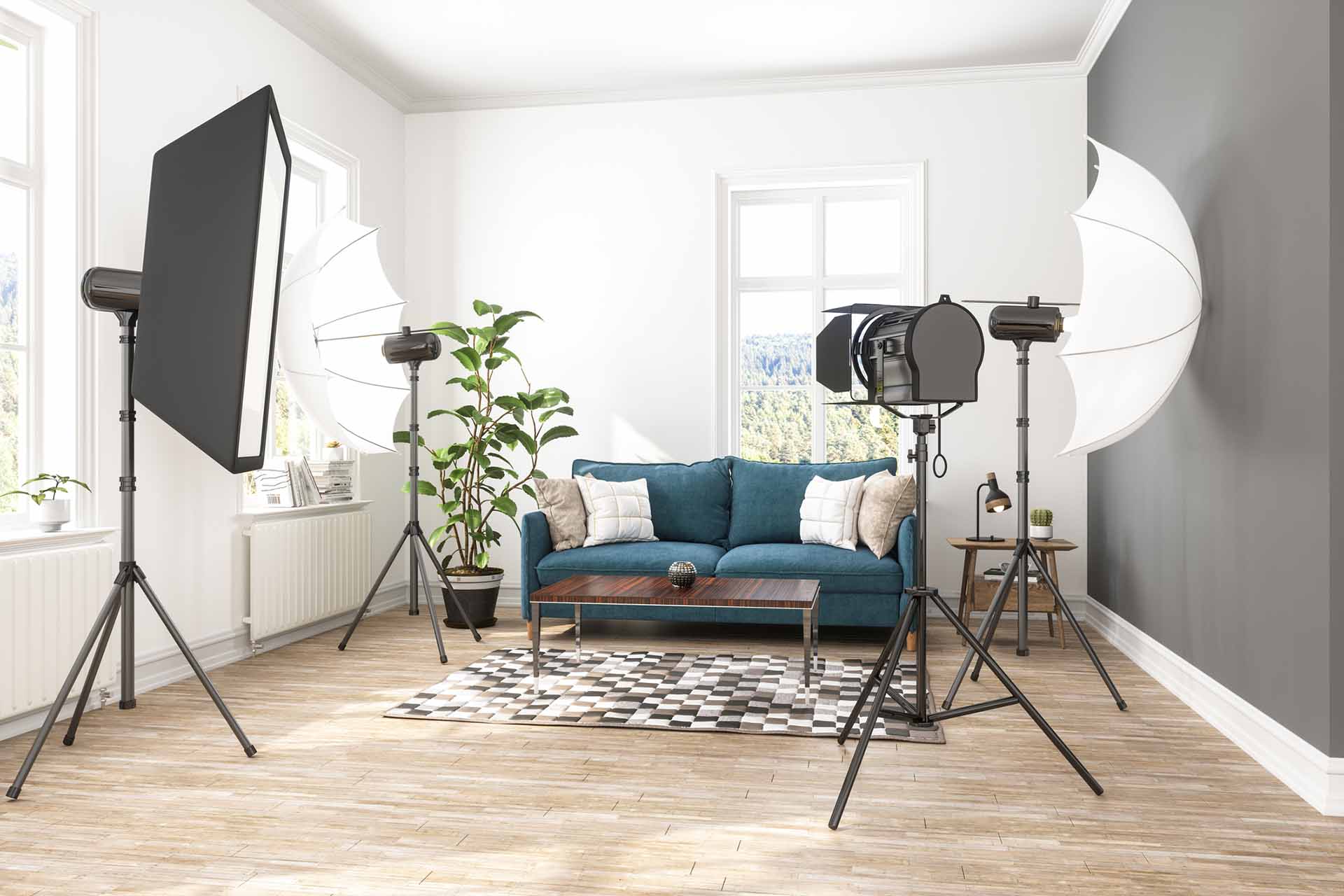Known for its durability, versatility, and affordability, luxury vinyl tile (LVT) is often considered an excellent choice for high-traffic areas like kitchens.
In this guide, we’ll explore whether LVT is a good fit for kitchens by examining its advantages, installation benefits, potential drawbacks, and comparisons with other popular flooring materials.


Advantages of LVT in Kitchens
Resistance to Water
LVT is designed to be waterproof, which means it can handle the occasional spill or splash without warping or staining. This feature alone makes LVT an excellent choice for kitchens, where water and other liquids are frequently encountered.
The waterproof nature of LVT also makes it easier to clean and maintain. Unlike hardwood, which can swell and warp when exposed to moisture, LVT maintains its shape and integrity. This resilience ensures that your kitchen floor will remain in good condition for years to come, even in a busy household.


Durable
LVT is known for its durability and resistance to scratches, dents, and general wear. This makes it an ideal flooring option for kitchens, as it can withstand the daily rigors of cooking and family activities without showing signs of damage.
Additionally, LVT often comes with a protective wear layer that enhances its durability.
This layer helps prevent scratches and scuffs, ensuring that the floor maintains its appearance over time. For households with pets or children, this added durability is particularly beneficial.


Easy to Maintain
Keeping kitchen floors clean can be a daunting task, but LVT makes it easier. Its smooth, non-porous surface is resistant to stains and spills, meaning that most messes can be wiped away quickly with a damp cloth or mop.
There is no need for special cleaning products or complicated maintenance routines—LVT can be cleaned with simple household cleaners.
The ease of maintenance extends to its resistance to dirt and grime. Unlike grout lines in tile flooring, which can harbor dirt and require scrubbing, LVT has minimal seams and joints, making it easy to keep clean. This low-maintenance aspect is a significant advantage for busy households looking to save time on chores.


Aesthetic Versatility
Thanks to advanced printing technology, LVT can mimic the look of natural materials like wood, stone, and ceramic tile.
This means you can achieve the appearance of high-end flooring materials without the associated costs or maintenance requirements.
LVT is available in a wide range of styles, colors, and patterns, allowing you to choose a design that complements your kitchen decor.
Whether you prefer the rustic look of reclaimed wood, the elegance of marble, or the contemporary appeal of polished concrete, there’s an LVT option to suit your taste. This versatility makes LVT a popular choice for designers and homeowners alike.


Comfort and Safety
Unlike hard materials like ceramic tile or stone, LVT has a slight give that makes it more comfortable to stand on for extended periods.
This can be beneficial in kitchens, where you might spend a lot of time cooking and preparing meals.
In addition to comfort, LVT is also designed to be slip-resistant. Many LVT products have a textured surface that provides better traction, reducing the risk of slips and falls.
This safety feature is crucial in kitchens, where spills and wet floors are common. The combination of comfort and safety makes LVT an excellent choice for busy kitchens.
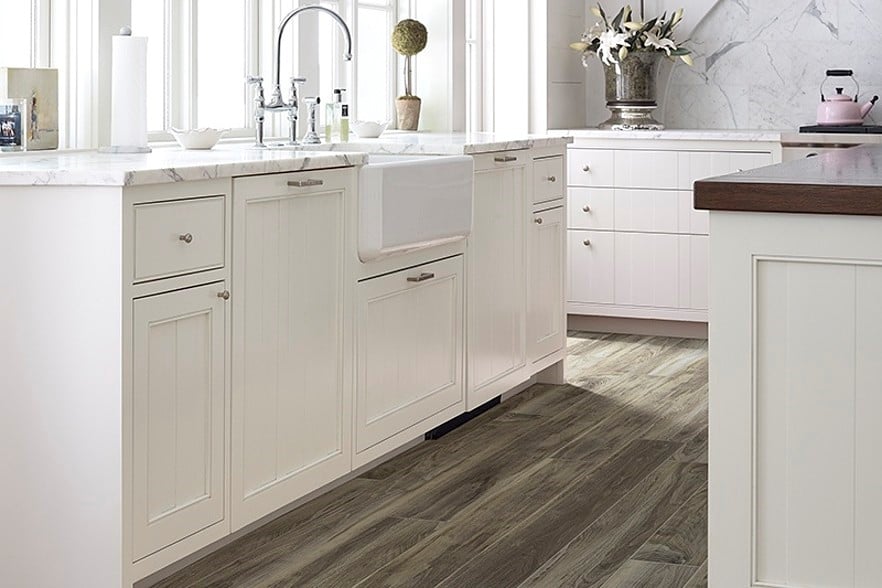

Cost-Effective
While LVT offers many high-end features, it is generally more affordable than other premium flooring options like hardwood or stone.
The cost-effectiveness of LVT extends beyond its initial purchase price. Its durability and low maintenance requirements mean that homeowners can save money on repairs, replacements, and cleaning products over the life of the floor.
When comparing the total cost of ownership, including installation, maintenance, and longevity, LVT often proves to be a more economical choice than other materials.
This affordability makes it accessible to a wide range of budgets, making it a practical option for kitchen renovations.


Compatibility with Subfloors
LVT’s compatibility with different subfloors is another advantage that simplifies the installation process.
Whether your kitchen has a concrete slab, a plywood subfloor, or existing tile, LVT can be installed with minimal modifications. This flexibility reduces the need for extensive subfloor repairs or leveling, saving time and money during the installation process.
Additionally, LVT is thin and lightweight, which means it can often be installed without raising the floor height significantly. This is especially useful in kitchens where doorways, appliances, and cabinets must be considered.
The ability to install LVT over existing floors without major adjustments makes it a practical and convenient choice for many homeowners.


Potential Drawbacks
Heat Sensitivity
While LVT is durable and resistant to many forms of damage, it can be sensitive to high temperatures.
Prolonged exposure to direct sunlight or high heat can cause LVT to expand and potentially warp. In kitchens with large windows or near heat sources like ovens and stovetops, this can be a concern.
To reduce heat damage, use window treatments to block excessive sunlight and proper ventilation in the kitchen.
Placing heat-resistant mats or rugs near high-heat areas can help protect the LVT from thermal expansion.
While heat sensitivity is a potential drawback, taking these precautions can help maintain the integrity of your LVT flooring.
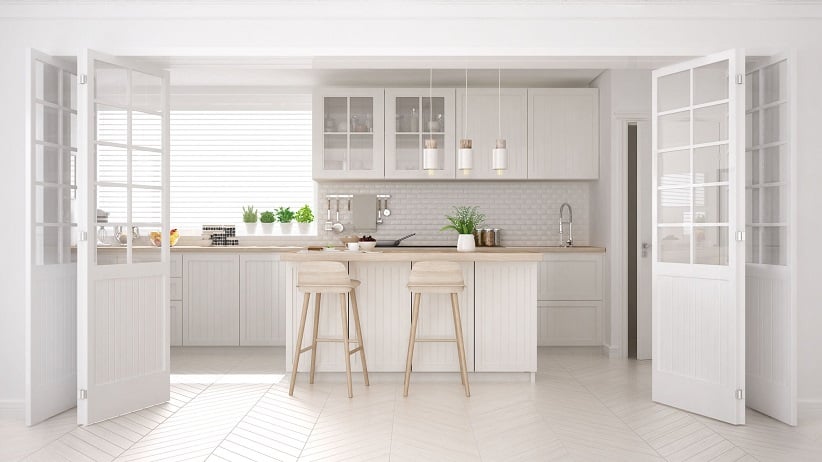

Sensitive to Certain Chemicals
LVT is resistant to many household chemicals, but harsh cleaning products can potentially damage its surface.
Abrasive cleaners, ammonia, and certain solvents can cause discoloration or deterioration of the wear layer. Use cleaning products that are specifically designed for LVT or recommended by the manufacturer.
Regular cleaning with mild, non-abrasive detergents will help maintain the appearance and longevity of your LVT flooring.


GET INSPIRED
Flooring to MATCH YOUR STYLE
Comparing LVT to Other Kitchen Flooring Options
| Feature | LVT | Hardwood | Ceramic Tile | Laminate |
| Water Resistance | Excellent. Fully waterproof, ideal for kitchens. | Poor. Susceptible to water damage. | Excellent. Highly resistant to water. | Poor. Not waterproof, prone to damage in wet areas. |
| Durability | High. Resistant to scratches and wear, suitable for high traffic areas. | High. Long-lasting with proper care but prone to scratches and dents. | High. Extremely durable and long-lasting. | Moderate. Resilient but can wear over time, especially in high traffic areas. |
| Maintenance | Low. Easy to clean with simple household cleaners. | High. Requires regular maintenance, including refinishing and polishing. | Moderate. Grout lines can be difficult to clean, but the tiles themselves are easy to maintain. | Low. Easy to clean but not as durable as LVT. |
| Comfort | Moderate. Softer underfoot compared to tile or hardwood. | Low. Hard underfoot, can be uncomfortable to stand on for long periods. | Low. Hard and cold underfoot. | Moderate. Softer than tile but harder than LVT. |
| Installation | Easy. DIY-friendly with click-lock or peel-and-stick options. | Complex. Requires professional installation, which can be time-consuming and costly. | Complex. Often requires professional installation and can be time-consuming. | Easy. Often DIY-friendly with click-lock installation. |
| Aesthetic Versatility | High. Available in a wide range of styles and designs that mimic natural materials like wood and stone. | High. Offers natural, timeless beauty that can increase home value. | High. Available in various styles and designs, including natural stone and wood-look options. | Moderate. Offers realistic wood-look options but fewer designs compared to LVT and ceramic tile. |
| Heat Resistance | Moderate. Can be sensitive to high temperatures. | High. Good resistance to heat. | High. Excellent heat resistance. | Moderate. Can be affected by high temperatures. |
| Cost | Moderate. More affordable than hardwood and some types of tile. | High. More expensive initially and in terms of maintenance. | High. Can be expensive, especially with installation costs. | Low. Generally more affordable than LVT, hardwood, and ceramic tile. |
| Value Addition | Moderate. May not add as much value to a home as real hardwood. | High. Can significantly increase home value. | Moderate. Adds value, especially if the design is high-end. | Low. Generally does not add as much value to a home as hardwood or high-end tile. |
